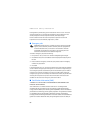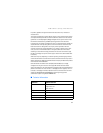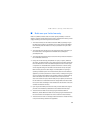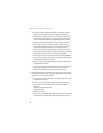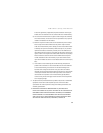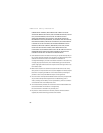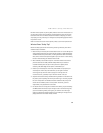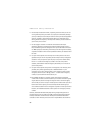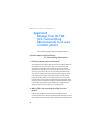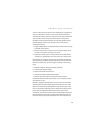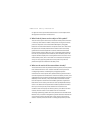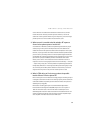Additional safety information
88
Appendix A
Message from the CTIA
(Cellular
Telecommunications &
Internet Association)
to all users of mobile phones
© 2001 Cellular Telecommunications & Internet Association. All
Rights Reserved.1250 Connecticut Avenue, NW Suite 800,
Washington, DC 20036. Phone: (202) 785-0081
Safety is the most important call you will ever make.
A Guide to Safe and Responsible Wireless Phone Use
Tens of millions of people in the U.S. today take advantage of the unique
combination of convenience, safety and value delivered by the wireless
telephone. Quite simply, the wireless phone gives people the powerful ability to
communicate by voice—almost anywhere, anytime—with the boss, with a client,
with the kids, with emergency personnel or even with the police. Each year,
Americans make billions of calls from their wireless phones, and the numbers are
rapidly growing.
But an important responsibility accompanies those benefits, one that every
wireless phone user must uphold. When driving a car, driving is your first
responsibility. A wireless phone can be an invaluable tool, but good judgment
must be exercised at all times while driving a motor vehicle—whether on the
phone or not.
The basic lessons are ones we all learned as teenagers. Driving requires alertness,
caution and courtesy. It requires a heavy dose of basic common sense—keep your
head up, keep your eyes on the road, check your mirrors frequently and watch out
for other drivers. It requires obeying all traffic signs and signals and staying
within the speed limit. It means using seatbelts and requiring other passengers to
do the same.



